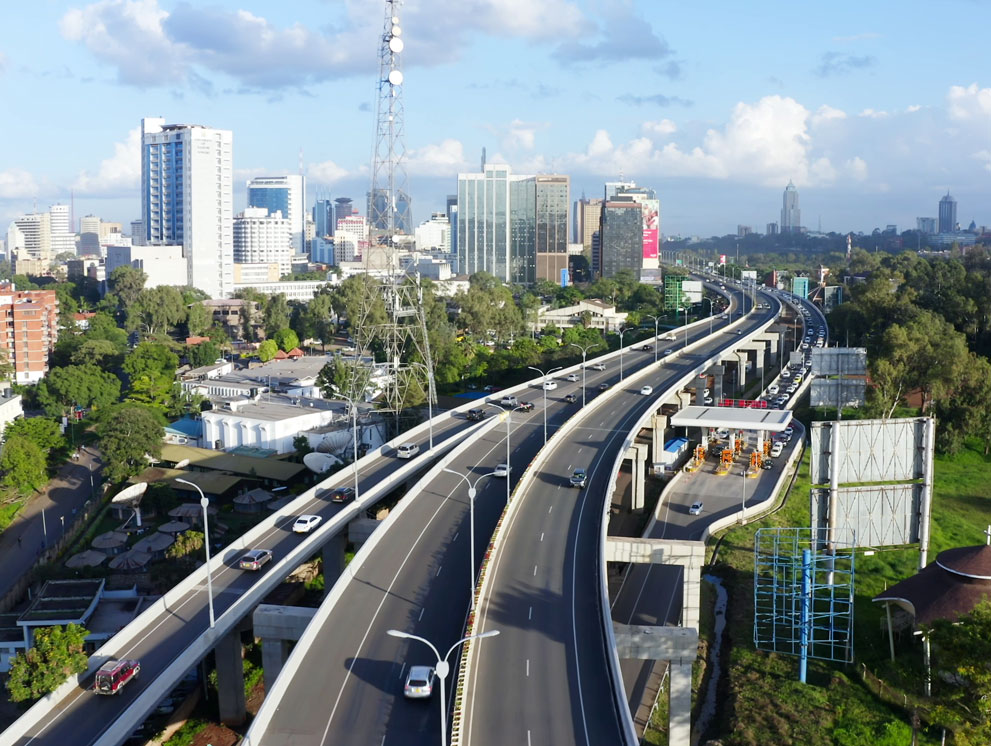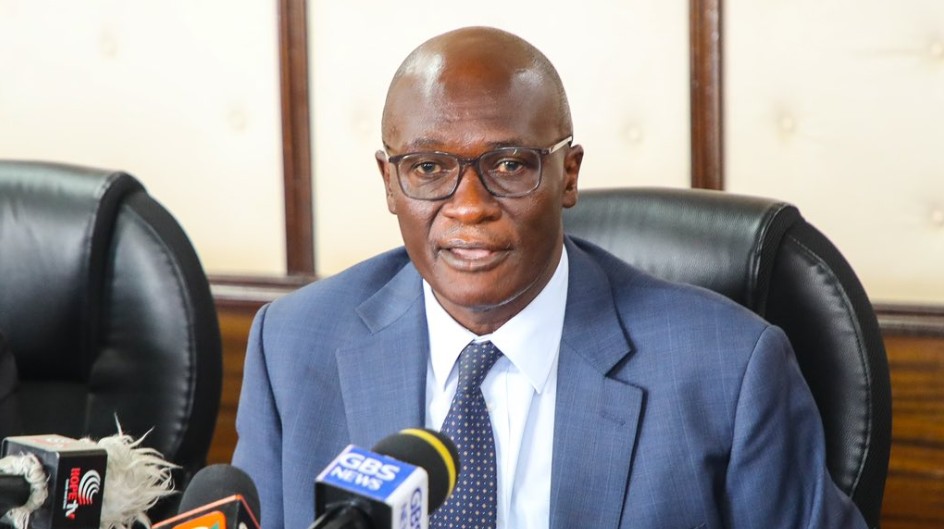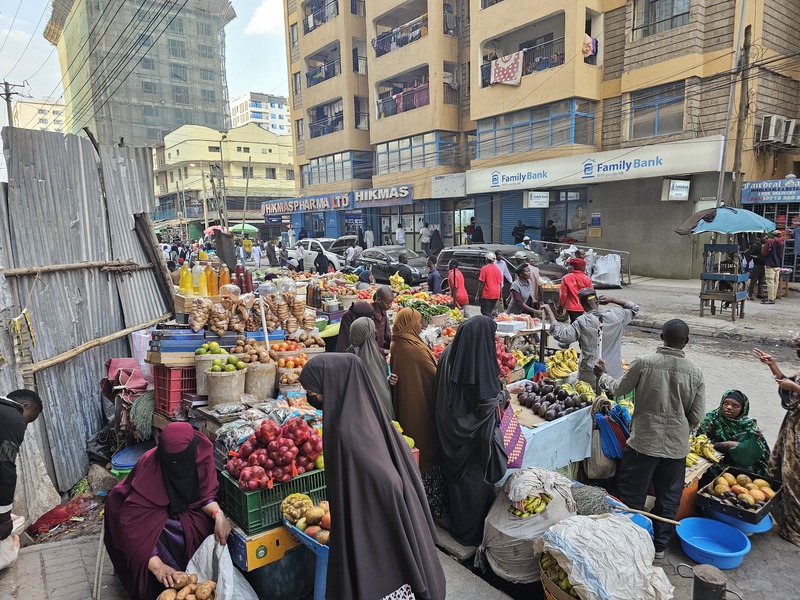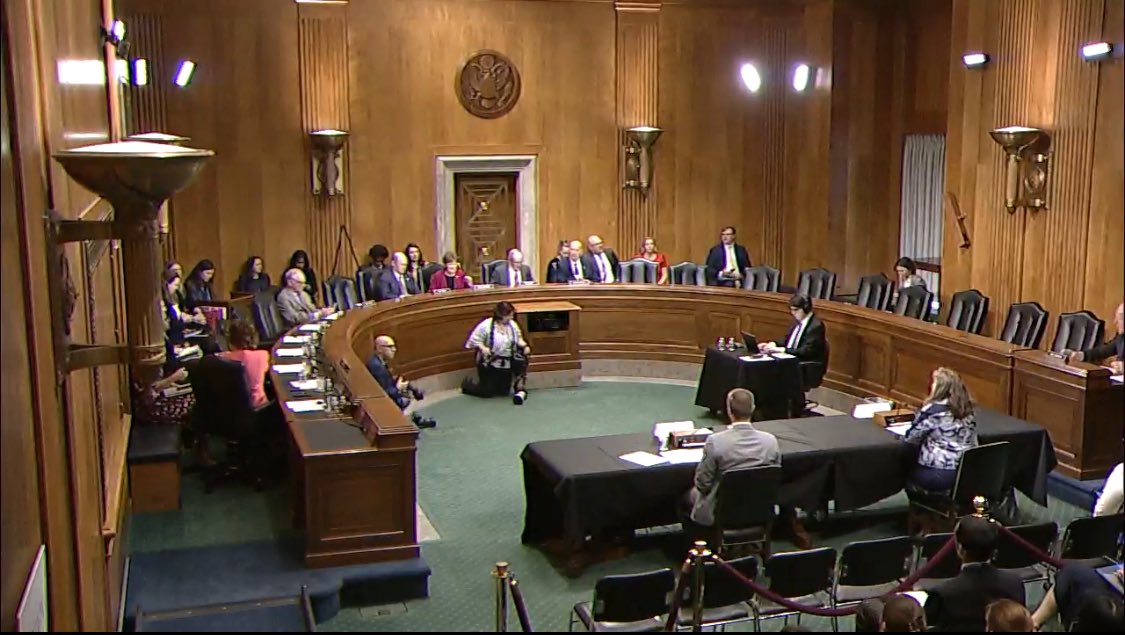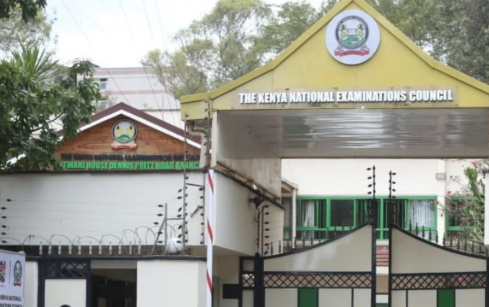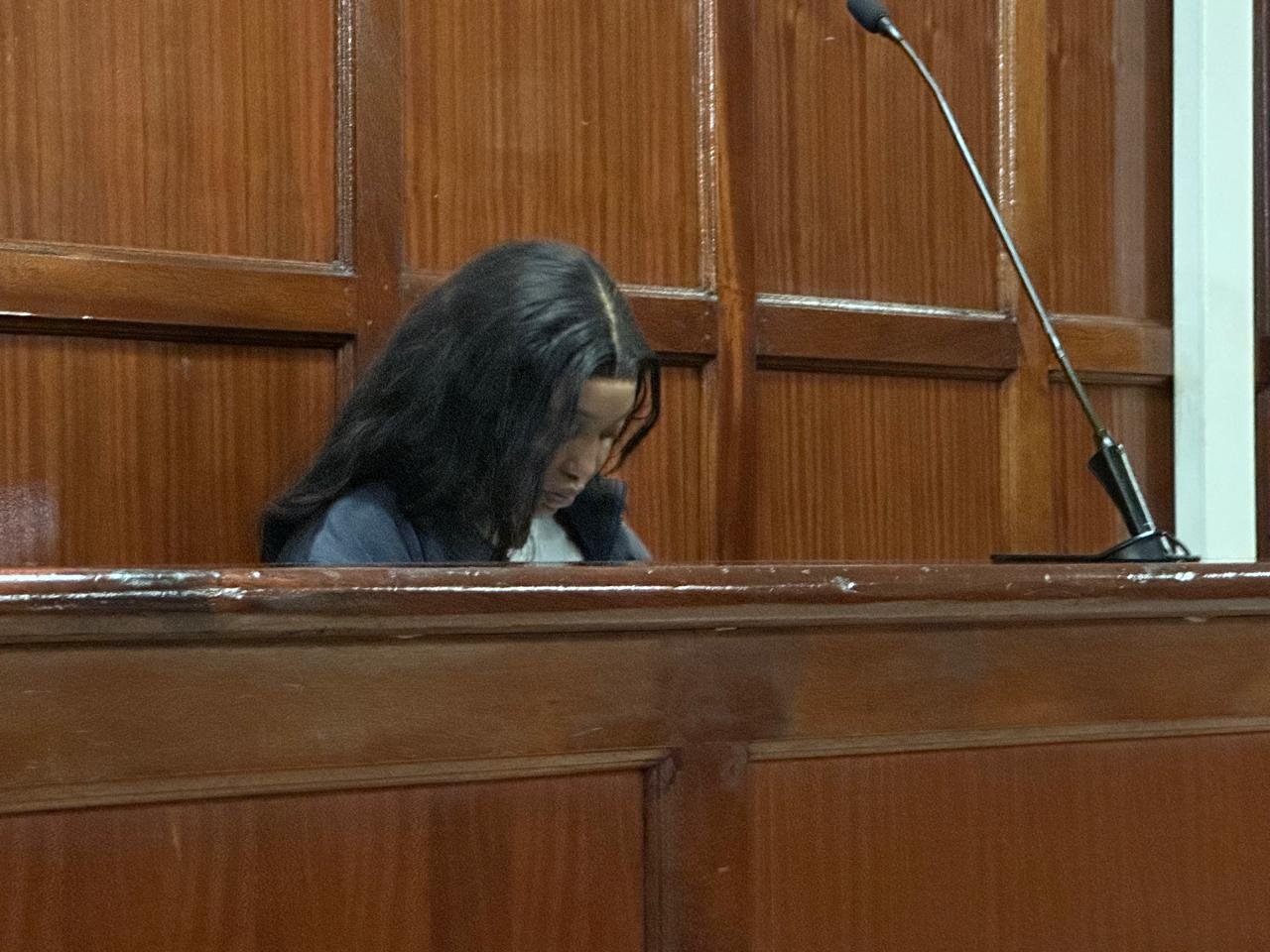Two brothers claim ownership of archaeological site Gedi Ruins

Brothers Mohamed Abdi and Abdullahi Abdi say they will not rest until the truth about their ancestors is revealed.
Two brothers have laid claim to Malindi's archaeological site, the Gedi Ruins, alleging that Sultan Yussuf, alias Lion of Mombasa, who once ruled the town, was their great-grandfather.
The two, Mohamed Abdi and Abdullahi Abdi, said they will not rest until the truth about their ancestors, who settled in the coastal region's ancient sites, is revealed. They said the history books that they have read reveal their grandfathers lived there - the reason they resolved to trace their roots.
More To Read
- Vaco da Gama Pillar: A five centuries-old identity that makes Malindi distinct
- Opinion: Help Malindi regain its glory as a premier tourist destination
- Help Malindi regain its glory as a premier tourist destination
- Malindi residents raise alarm over improper disposal of medical waste
- Sh5.2 million diaspora-driven project set to revitalise Malindi's tourism sector
- Malindi hosts conference to build Africa's first green metropolis in Kilifi
“I have gone to the national museum to find answers and have seen pictures and books similar to what we have - a clear indication that we have a big stake in the historical site,” said Mohamed.
The brothers further claimed that the name 'Gedi Ruins' came from one of their great grandfathers whose son, Sultan Yussuf, according to ancient history, studied the Catholic faith in Goa in India with the help of Portuguese.
"After he returned, he was installed as the Sultan of Mombasa, but after a while, he expelled the Portuguese. This earned him the title 'Lion of Mombasa," Mohamed said.
Regretting that history has denied them their right to know their ancestors, the brothers from Garissa added that Sultan Yussuf’s mother was an Arab from Oman, and that many people say so.
What NMK says
According to the National Museums of Kenya (NMK), the Gedi Ruins are the remains of a Swahili town, typical of most towns along the East African Coast. It traces its origins to the 12th century but was rebuilt with new town walls in the 15th and 16th centuries.
The site is adjacent to the town of Gedi (also known as Gede) in Kilifi and within the thin Arabuko-Sokoke Forest.
NMK says the rebuilding is connected to the emigration of many citizens of Kilwa to Mombasa, Malindi and other places along the coast.
"With its numerous inhabitants, the town became wealthy and reached its peak in the 15th century. This enormous wealth is evidenced by the presence of numerous ruins, comprising a conglomeration of mosques; a magnificent palace and houses, all nestled on 45 acres of primeval forest," it says.
"Gede’s eventual abandonment of nature is believed to be as a result of a number of factors, namely, the Wazimba raid along the East African Coast in 1589, the removal of the Sheikh of Malindi and the movement of the Portuguese to Mombasa in 1593".
It was made a historic monument in 1927 and was two years later declared a protected monument after looters began removing Chinese porcelain set as architectural decorations.
In 1939, the Kenya Public Works Department began restoring structures that were at the greatest risk of collapse, and in 1969, the stewardship of Gedi was turned over to the NMK. The site is currently administered by the museum's Department of Coastal Archaeology.
In 2000, the construction of a museum funded by the European Union concluded, featuring a permanent display of Swahili culture.
However, the two brothers believe that the British colony and subsequent governments have sidelined them and covered their ancestral home.
“We are now determined to go to every length to claim our ancestral home. Our grandfathers were illiterate and could not follow up but we will,” said Abdi.
Top Stories Today

